Articles containing: Bipolar disorder
Second Generation Antipsychotic Medications: An Overview
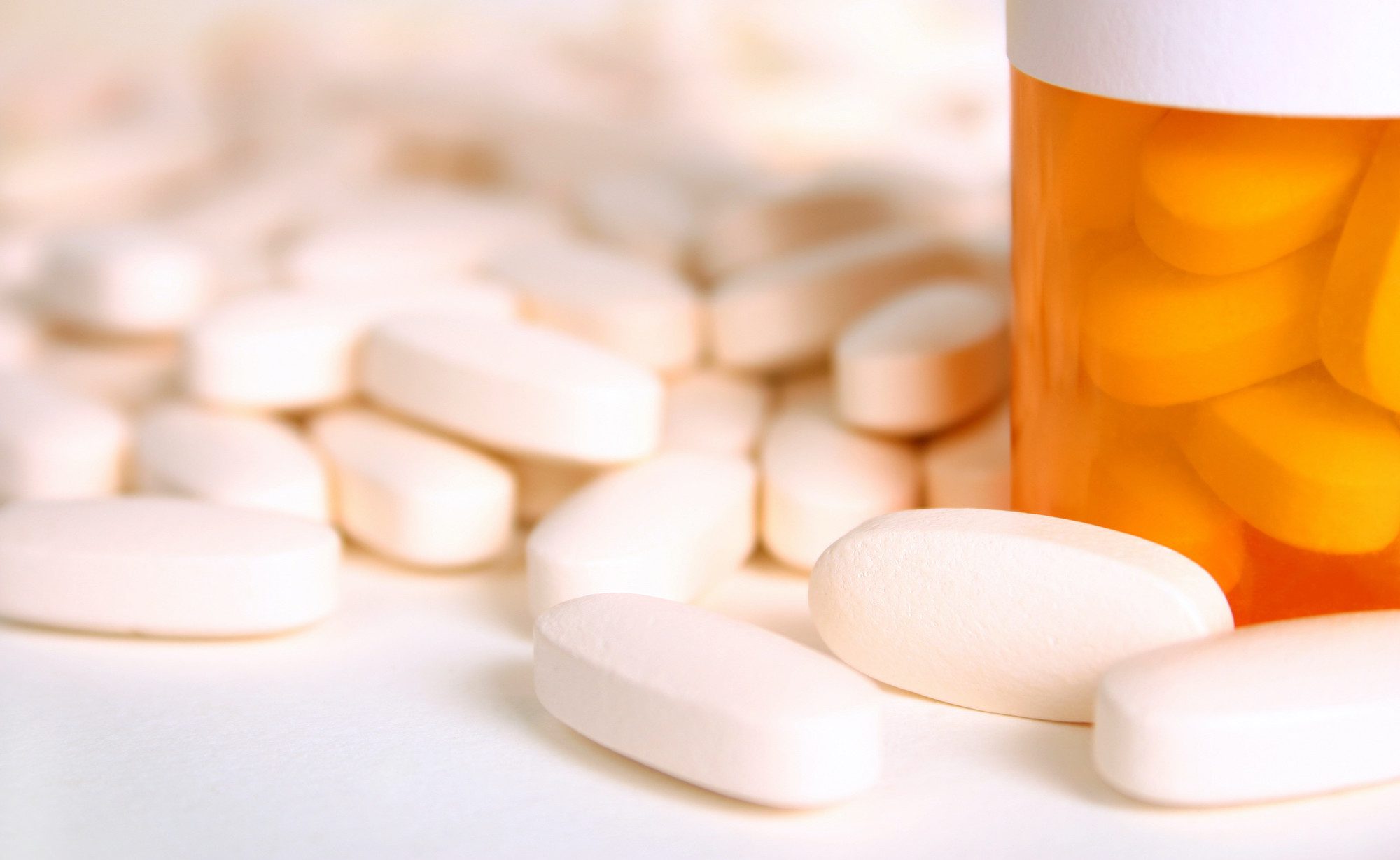
As child psychiatrists, we prescribe medications. As medicines go, perhaps none are more controversial than the use of second generation antipsychotics. For at least the last 15 years, concerns about these particular medications have characterized a good part of any discourse I’ve had with parents in the office or on the lecture circuit.
DMDD Versus Bipolar Disorder
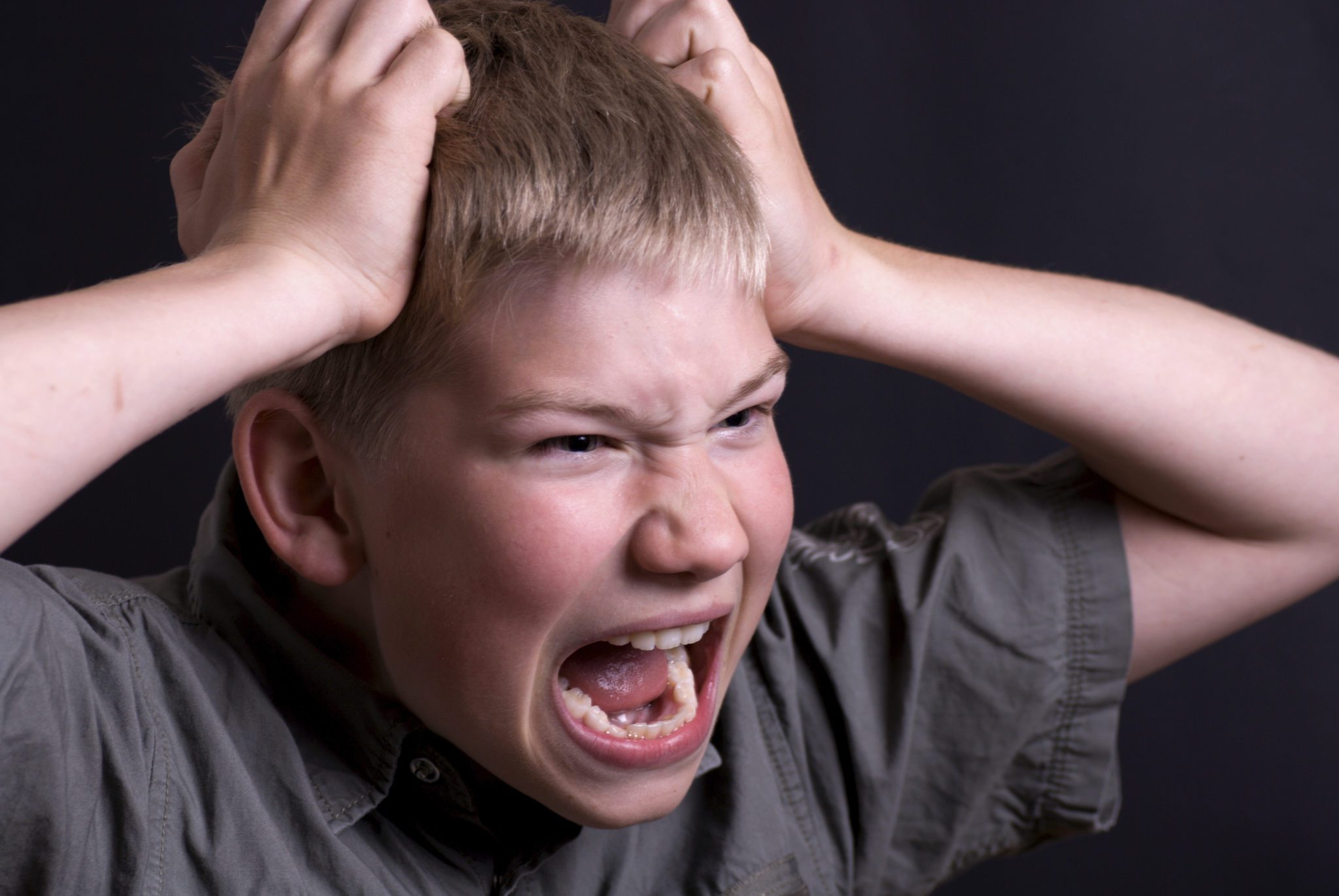
We’ve written about bipolar disorder before.
We’ve also written about the controversy surrounding the diagnosis. Until about 25 years ago, most clinicians felt that bipolar disorder in children and adolescents was extremely rare.
Sasha’s Story: Recognizing Warning Signs of Suicide
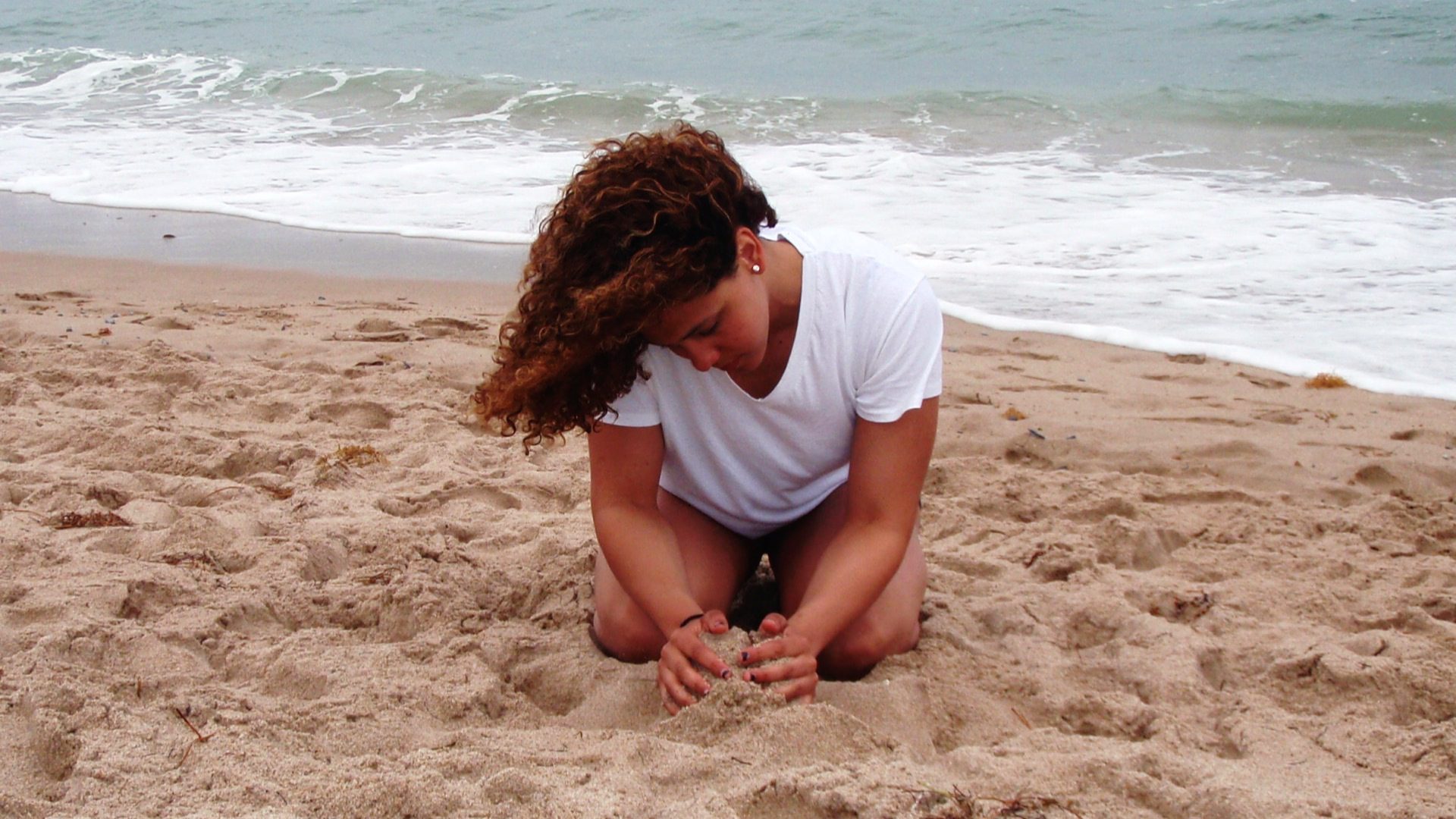
In this short video, parents of a champion swimmer who took her life by suicide, and the psychiatrist who treated her, talk to other parents about how to recognize warning signs of serious trouble.
To see more on various parenting concerns, visit our YouTube channel.
What If My Child Has Bipolar Disorder?
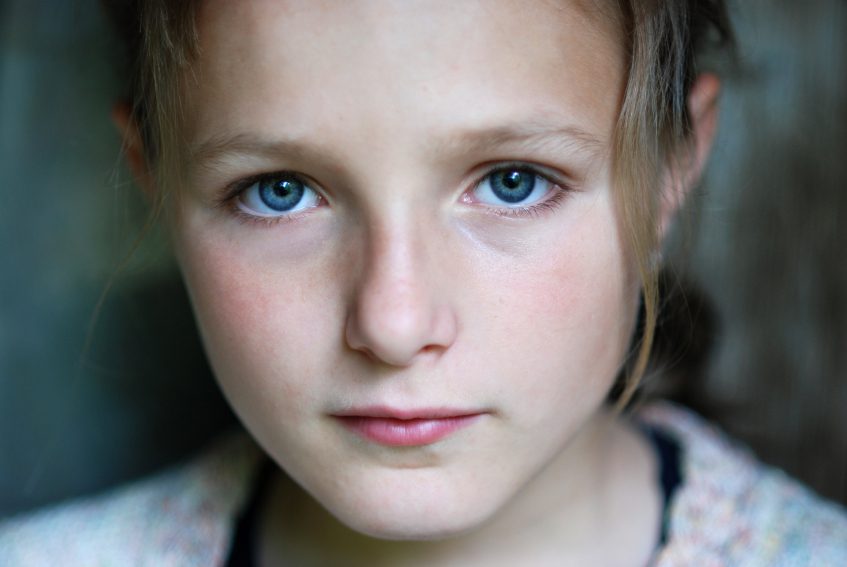
Here’s a familiar, yet until recently almost–never-talked-about scenario.
Billy is 10 years old. He has freckles, wears a baseball cap almost all of the time, and has a best friend named Pete. When he’s happy, there’s no one better. He’s kind, empathic, playful, funny and fun-loving.
What If My Kids’ School Seems Violent?
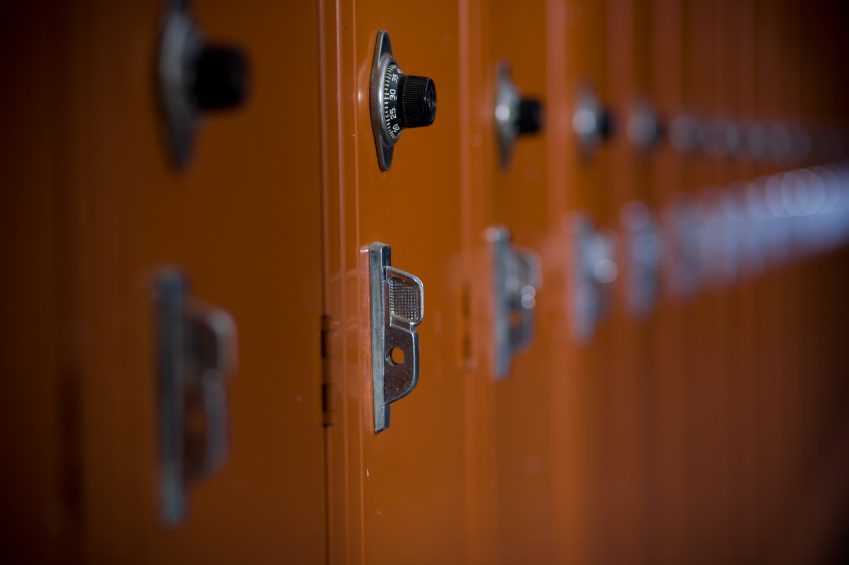
No one can deny the recent spate of horrific school shootings. These awful occurrences are the subject of a different post, but perhaps most importantly, these relatively rare events threaten to overshadow an important and key fact about schools.
Schools are by far the safest place kids can be.



